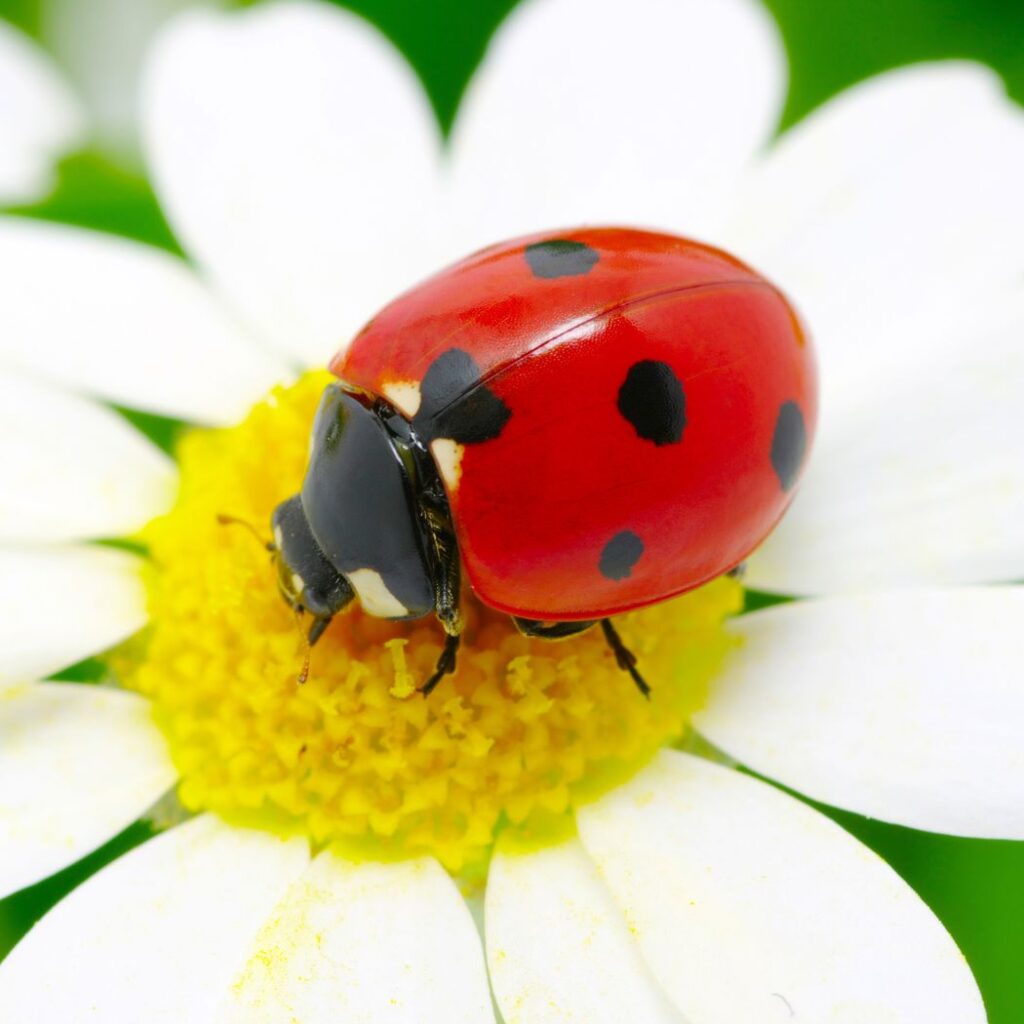What do bugs, a luxurious fabric, shampoo, and your new best friend have in common? They can all trigger Unusual allergies and asthma attacks. Allergens come in a variety of shapes and sizes, and they can show up in some pretty unexpected places.
Here is the Simple Guide to Survive Unusual Allergies:
Beware of the Asian ladybug
About 20 years ago, a new species of ladybug was imported from Asia into the southeastern United States to help control aphids on apple and pecan trees. But unlike the common American red ladybug, this orange-colored species lives year round and has been known to infest homes by the thousands.

Some people have developed allergic reactions to the insect from breathing insect parts in the air. Experts believe the Asian ladybug could create a widespread problem if it continues to multiply and spread to other states.
So how do you get rid of these troublesome intruders? Don’t use insecticides, since dead ladybugs attract other pests, like carpet beetles. Instead, vacuum and dust often and caulk up cracks and crevices around your house, especially in the attic.
The Asian ladybug is not the only insect known to cause allergic reactions. Cockroaches, miller moths, and dust mites are all nonstinging, indoor pests that can bring on asthma-like symptoms.
Watch out for wild silk
Silk sheets, a silk tie, maybe even silk pajamas-nothing says comfort and elegance in quite the same way. And nothing says allergic reactions, either. If you own products made from wild silk, you should know they have not been pre-washed and heated like other kinds of silk. That means the material may still contain parts of the silkworm or insects that feed on silkworm cocoons and waste matter. These particles are known to trigger asthma attacks in some people.

Don’t shy away from new friends
If you have a runny nose, red eyes, and you hate meeting new people, your problems may be caused by specific brain chemicals. Researchers from Harvard University believe that hay fever and shyness are both controlled by the same transmitters- those that regulate mood, smell, and immunity.
Think twice before you lather up
A trip to a spa or hair salon should leave you feeling refreshed and wonderful. Not so for some people who are allergic to products containing collagen, keratin, elastin, milk, wheat, almond, or silk. These ingredients, sometimes added to hair-care products, soaps, bath gels, and creams, can cause hives, swollen lips, wheezing, and other breathing difficulties in certain people.
And are you considering coloring your hair blonde? Do you cover your gray? If you use a hair dye product, you could develop an allergic reaction to it, even if you’ve been symptom free for years. This type of reaction is rare, but it can strike without warning and-in extreme cases – can be fatal.
The most common allergic ingredient in many permanent hair dyes is a synthetic organic compound called p-phenylenedi- amine. To protect yourself from this kind of potential disaster, do a patch test every time you color your hair, and follow all printed safety instructions exactly. Another option is to switch to a semi-permanent type of hair dye.
If you have any allergic symptoms, like swollen eyes, itchiness, hoarseness, heart palpitations, or shortness of breath, don’t waste time. Your body’s response to the allergen can be extremely rapid. Call for emergency help immediately.
